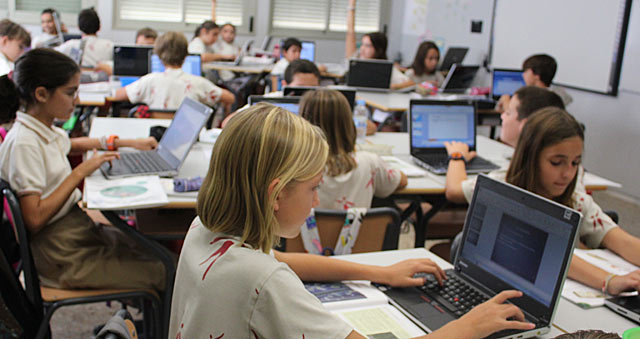
Hello everyone!
📽️ In today's post, we will comment on the first video: Érase una vez... La medición del tiempo. This first part lasts about 25 minutes. As we talked about in the previous post, in it we are going to find out our friends discovering the measure of time in different parts of the world, as well as in different periods of time in the human life.
As we said in the previous post, although we found enough content related to the topic we want to work on, as an introduction is being made to the topic, in class we will do the same with the students, thus making an introduction to Measurement. Therefore, the type of game or activities that we do for this part must be motivating for the students and that they transmit curiosity to know the contents that will come next in the subject.
Since our friends in the video travel through the time, we will tell the students that we will also do a journey to these ages in order to know "how did they measure the time?" In this class we will do games and activities to introduce the measure to the students. All these contents are related with the history subject, so you can mix the classes so as to the students do not lose the motivation but to review and learn new contents. In addition, we will do 3 experiments, with which the students will be fascinated and motivated for later classes.
First of all, it is important to make an introduction in the topic, it is necessary to explain the contents that we will deal with. For that reason, we can use this web page where the conversion of units in the time system is explained, so we can explain to the students in a brief introduction how we will do the exercises below.
🕹️ GAME: once several activities have been carried out and the students have managed to solve them in the realization of the conversions, we will make a series of games that motivate them to continue investigating in the wonderful world of measurement. In the following website we can find online games that we can use for students to review the contents at home or, if possible, in the classroom continue to strengthen this knowledge.

📝 ACTIVITY: for the second activity we will focus on the development of problems, since these have a quite important weight within the primary education classrooms, due to they serve us for the day to day. That is why we will explain the following points to the students; firstly, as they must perform a mathematical problem in which they find different hours, in the following web page we can find the explanation to the aforementioned.
On the other hand, we will explain the different time zones and how in other parts of the world it is not the same time we have in our country.
With these two premises, creativity is on the table and problems will begin to arise and resolve themselves. You can create a worksheet with diferent problems in order to they can solve it.

Another idea to take into account would be the possibility of placing different clocks in the classroom with several cities from different parts of the world to motivate them in the tasks, that is, we can say that at "11:10, New York time we will correct the exercises". Moreover, with just a single clock and having explained the time zones we can say the same sentence and the students have to calculate the time left they have to do the tasks.
I hope you stay and help us in this exciting trip through The Time!
Marta 




